
In a previous article on the encroachment of sweet thorn (Vachellia karroo) in the Eastern Cape (see FW, 31 July 2020), it was stated that the encroachment of sweet thorn and other bush species is adversely affecting the production potential of large tracts of rangelands in the Eastern Cape, reducing the profitability and sustainability of livestock production. The article concluded that if bush encroachment continued unchecked, the damage might become irreversible.
Sweet thorn competes with grazing plants for light and water and starts to suppress grass production at a density above 300 tree equivalents (TE) per hectare.
One TE is equal to a tree with a height of 1,5m. The availability of grass for grazers such as cattle and sheep is therefore negatively affected at bush densities above 300 TE/ha.
According to research conducted in the 1980s, when browsers such as goats are incorporated into the livestock production system, the combined grass and shrub grazing capacity starts decreasing at bush densities above 1 320 TE/ha.
TREE DENSITY AND RAINFALL
In a later study, it was determined that the ratio between tree density of sweet thorn and rainfall can be used as a threshold factor to determine when to reduce trees. At a ratio of over 8,23 TE/ha/ mm annual rainfall, grass production is affected, and a reduction of tree numbers should be considered to maintain optimal grass production levels.
This story is from the March 12, 2021 edition of Farmer's Weekly.
Start your 7-day Magzter GOLD free trial to access thousands of curated premium stories, and 8,500+ magazines and newspapers.
Already a subscriber ? Sign In
This story is from the March 12, 2021 edition of Farmer's Weekly.
Start your 7-day Magzter GOLD free trial to access thousands of curated premium stories, and 8,500+ magazines and newspapers.
Already a subscriber? Sign In
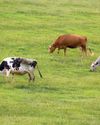
Africa goes from net carbon sink to source
New research shows Africa's impact on greenhouse gases and the need to focus on climate-smart agriculture
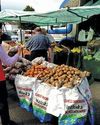
Ireland potato farmers unable to complete planting
Irish potato farmers have reported a delay in harvest and said that the UK might have to prepare for shortages of the produce. The shortfall is due to extreme wet weather during their planting season.
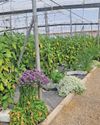
Zero-residue fresh produce a reality
Retail giants are calling for caution when using biologicals and chemical pesticides,

Big boost for mohair producers in Eastern Cape
A collaboration between the Eastern Cape Development Corporation (ECDC) and the Mohair Empowerment Trust (MET) has resulted in a R1,4 million injection into four emerging Angora goat farming operations in the Eastern Cape.
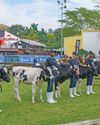
KZN Youth Show at Roval Agricultural Exhibition
The KZN Youth Show will run from Friday, 24 May to Sunday, 26 May at the Royal Showgrounds in Pietermaritzburg.
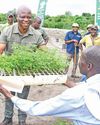
Hemp permits and irrigation system handed over
In an effort to fast-track the entry of rural farmers into the cannabis and hemp industries, KwaZuluNatal Minister for Agriculture and Rural Development, Super Zuma, visited the Shukasibheme Project in Mbazwana, a co-operative in Mseleni, uMhlabuyalingana in the Umkhanyakude District, to hand over cannabis and hemp permits as well as a borehole and irrigation system.

Meet some of the heroes behind avitourism destinations
Exploring what the Garden Route offers birdwatchers, Brian Berkman discovers some special people who run hospitable places to meet and see a variety of species.
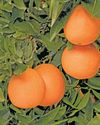
What the Citrus Academy offers aspiring producers
Cobus du Plessis takes a look at the Citrus Growers' Association of Southern Africa's Citrus Academy and how it is helping to develop aspiring farmers in the sector.
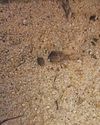
Natural-born killers of the insect world
The Myrmeleontidae family of lacewings from the Neuroptera order of insects consists of about 2 000 species of which 125 are found in South Africa.
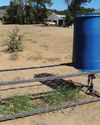
Seeder kick-starts vegetation in challenging environments
Dr George Craven of Noorspoort, Steytlerville, in the south-eastern Karoo, is successfully using a home-built 'bedstead seeder' to re-establish veld plants in an arid area, writes Roelof Bezuidenhout.